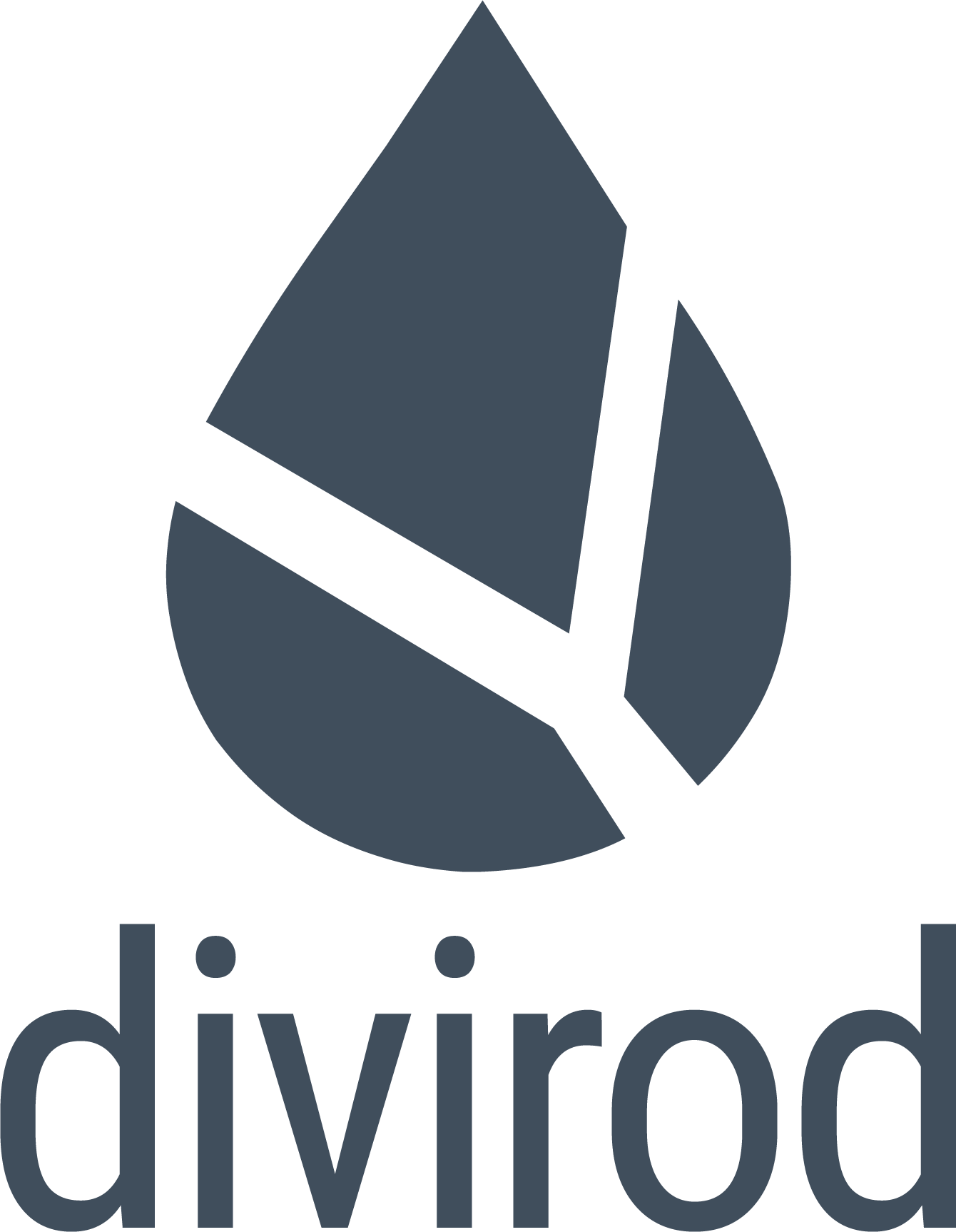What Is Remote Sensing & What Is Its Purpose?
In today's technologically driven era, the way we perceive, understand, and interact with our environment is continually evolving. One of the pivotal technologies that stand at the forefront of this transformation is remote sensing. But what exactly is this technology, and why is it so significant?
Defining Remote Sensing
Remote sensing refers to the process of obtaining information about an object, area, or phenomenon without coming into direct contact with it. It involves detecting and measuring the radiation emitted or reflected by different objects on Earth, typically using satellite or aircraft-based sensors.
The Two Main Types of Remote Sensing
Passive Remote Sensing: This method depends on natural energy, usually sunlight, reflected by the Earth's surface. The sensors detect this reflected sunlight to infer various properties about the area being observed.
Active Remote Sensing: Unlike its passive counterpart, active remote sensing systems emit their energy source. For instance, a sensor sends out a laser pulse, and the amount of energy reflected back is measured. This type is commonly used in applications like radar and sonar.
The Significance of Remote Sensing
The value of remote sensing is embedded in its ability to provide a comprehensive, bird's-eye view of vast areas, offering insights that ground-based observations might miss. Its capabilities extend far beyond just capturing pretty pictures from space.
Monitoring and Management of Natural Disasters
Remote sensing plays a pivotal role in predicting, monitoring, and managing natural disasters. From tracking the path of hurricanes to detecting areas most prone to earthquakes, it provides invaluable data that can save lives and reduce economic losses.
Environmental Conservation and Management
With the alarming rate of environmental degradation, the need for conservation has never been more crucial. Through remote sensing of the environment, scientists can monitor deforestation, track wildlife migration, and even measure the health of flora in a particular region.
Urban Planning and Infrastructure Development
As urban areas continue to expand, city planners and developers rely on remote sensing to map and model urban growth, assess property conditions, and plan infrastructure. It provides them with up-to-date information, aiding in making informed decisions.
Agriculture and Land Use
Farmers and agricultural experts use remote sensing to monitor soil health, predict crop yields, and identify potential disease outbreaks. This not only enhances productivity but also ensures food security.
Water Resource Management
Through remote sensing, experts can monitor the health of inland water and flood management systems. It aids in predicting floods, managing dams, and ensuring the efficient use of freshwater resources.
Coastal and Marine Monitoring
The health of our oceans and coastal regions can be monitored using remote sensing. From assessing coral reef health to predicting tidal patterns for coastal water and flood protection, the applications are vast and essential.
Techniques and Tools in Remote Sensing
While the concept of remote sensing may seem abstract, it employs a range of specialized tools and techniques.
Satellites and Aircraft
These are the primary vehicles that carry sensors. While satellites offer a broader view of the earth, aircraft can provide higher-resolution images of smaller areas.
Sensors
These devices detect electromagnetic radiation. They vary in complexity from simple photographic cameras to complex multispectral and hyperspectral instruments.
Image Processing Software
Once data is collected, it needs to be processed, interpreted, and analyzed. Various software tools, both proprietary and open-source, aid in this.
Challenges and the Road Ahead
Like any technology, remote sensing is not without its challenges. These range from technical issues, like the distortion of data, to broader concerns regarding privacy and surveillance. Moreover, the vast amounts of data generated require robust storage and processing capacities.
However, with advancements in AI and machine learning, the potential to extract more meaningful insights from remote sensing data is on the rise. As technology advances, the scope and impact of remote sensing will only continue to grow, cementing its role as an indispensable tool in myriad sectors.
The Expansive World of Remote Sensing
Remote sensing is more than just a technological marvel; it is a tool that reshapes how we perceive and interact with our world. From understanding the health of our environment to planning the cities of the future, its applications are vast and transformative. As we continue to push the boundaries of what is possible, remote sensing stands as a testament to human ingenuity and the endless pursuit of knowledge. Whether we are tapping into its potential for property maintenance or safeguarding our coasts, one thing is clear: remote sensing is not just about viewing the world from a distance but about drawing closer to understanding its intricate complexities.


